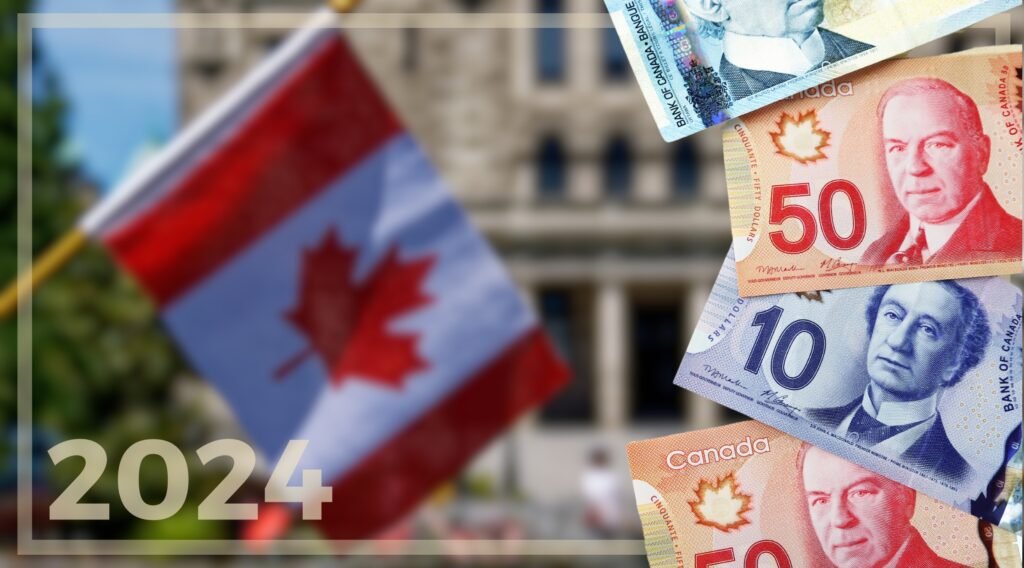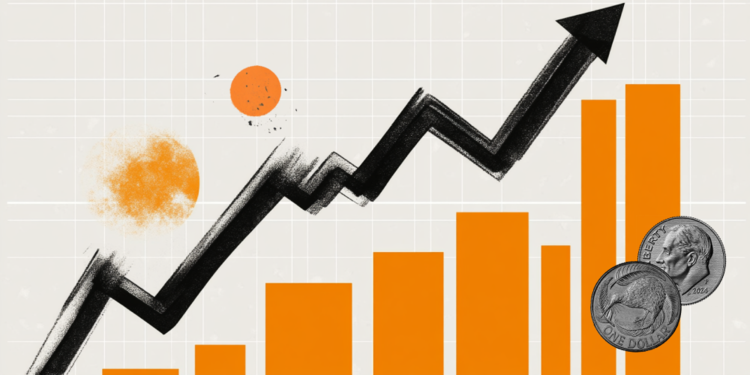Last month, the Royal Bank of Canada (RBC) released a report outlining its expectations for the Canadian Dollar (CAD) for the rest of 2024 and into 2025.
CAD has been under considerable pressure recently and, at the start of August, weakened to a nine-month low against the US dollar (USD) amidst a broader, global retreat into safer assets owing to mounting geopolitical tensions and weak manufacturing data. The Canadian currency was also the worst performing G10 currency of the second quarter and is currently trading around 1.38 against the dollar.
At the June meeting of the Bank of Canada, the central bank decided to cut interest rates from 5% to 4.75%, becoming the first major country to embark on a cycle of monetary easing. The bank acted as they believe inflation, which hit 2.7% in April, is sustainably on its way to the target level of 2%. The central bank governor, Tiff Macklem, also suggested that further rate cuts will be on the way.
However, in moving to cut rates, the Bank of Canada has significantly pre-empted the US Federal Reserve, which is not expected to start cutting rates until Q4 this year at the very earliest. Historically, interest rates in the two North American countries have tended to be aligned. The Bank of Canada’s decision to cut rates before the Fed therefore risks a weaker Canadian dollar as traders are likely to be incentivised to hold dollar-denominated assets in order to benefit from the higher yields on offer in the States.
The irony is that this could end up feeding higher inflation in Canada as imported goods from the States would become relatively more expensive in local terms. Canada imported over $400 billion worth of goods and services from the States alone in 2022.
Partly because of this, RBC expects the US dollar to strengthen relative to its Canadian counterpart in the months ahead. “We still see a higher USD/CAD in the medium-term, with our end-2024 and 2025 peak forecasts unchanged at 1.40 and 1.42, respectively. Markets are pricing -55 basis points [in rate cuts] for the rest of this year and -76bps next year for the Bank of Canada, versus -48bps this year and -94bps in 2025 for the Fed.”
“These relative US-CA rate dynamics are likely to push USD/CAD higher,” the investment bank concluded. Benjamin Reitzes, Canadian rates and macro strategist at BMO Capital Markets, similarly told Reuters that “you are just too far away from Fed cuts at this point whereas the Bank of Canada is more imminent – while some of that rate differential is priced in, it’s likely to go a little bit further, which is not going to be positive for the Canadian dollar near-term.”
The Canadian dollar is highly exposed to oil prices as Canada is one of the world’s major oil exporters, having exported 4.84 million barrels of oil per day last year. Having fallen in 2023 after peaking in 2022 following Russia’s invasion of Ukraine, which sent oil prices to well over $100 a barrel, JP Morgan forecasts brent oil to remain largely flat in 2024 and edge down a further 10% in 2025. “Our brent oil forecast has not changed since June and is expected to average $83 per barrel (bbl) in 2024,” the bank wrote. This potential depreciation in oil prices could put further pressure on CAD for the remainder of 2024 and into next year.
There are further downside risks for the Canadian currency as we head towards the end of the year. The potential re-election of President Trump in the States, where Canada sends about 75% of its exports, could mean the prospect of high US tariffs on Canadian goods, which would be a drag on the Canadian economy and in turn CAD. Given these multitude of downside risks, it seems likely that the Canadian dollar will see further depreciation in 2024 and beyond.
Author: Harry Clynch
#Canada #CAD #CanadianDollar #ForeignExchange #USD







